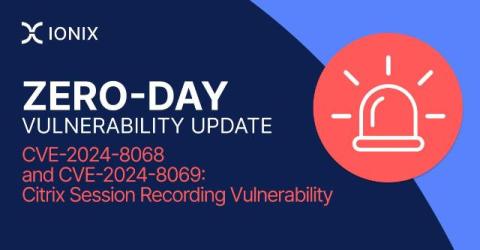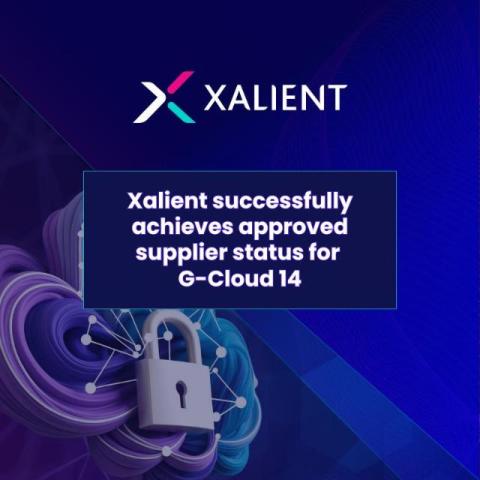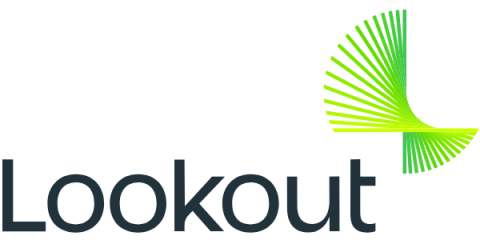CVE-2024-8068 and CVE-2024-8069: Citrix Session Recording Vulnerability
Two Citrix vulnerabilities (CVE-2024-8068 and CVE-2024-8069) can potentially lead to unauthenticated remote code execution. Note: according to the vendor, privilege escalation to NetworkService Account access in Citrix Session Recording and limited remote code execution with privilege of a NetworkService Account access in Citrix Session Recording is possible when an attacker is an authenticated user in the same intranet.











